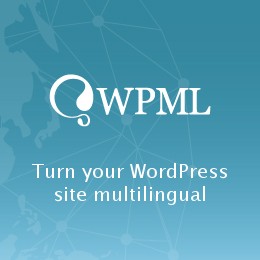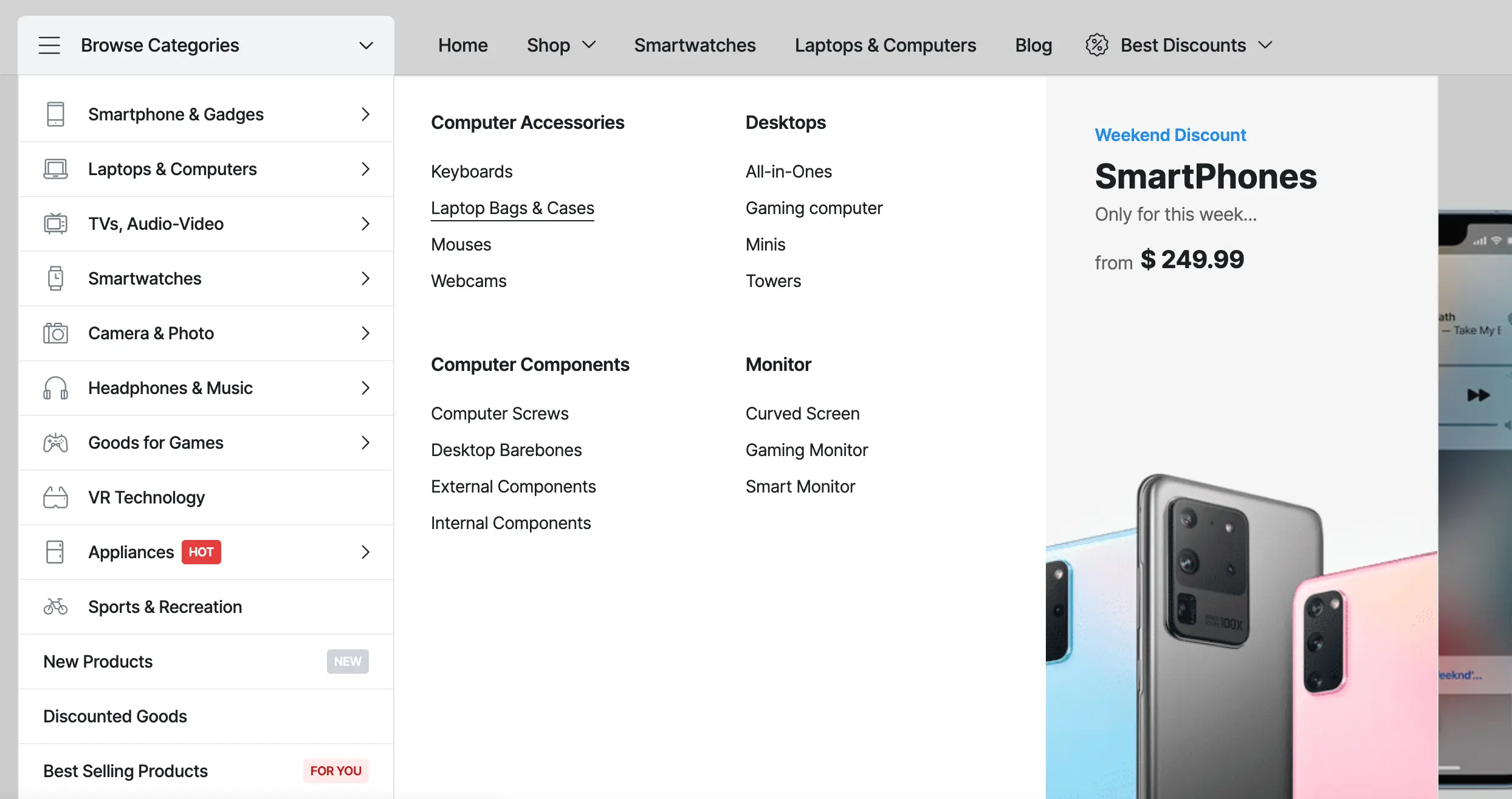A Comprehensive Guide to WordPress Multilingual Websites
Ever considered making your WordPress site multilingual? You’re not alone. With over 40% of websites powered by WordPress, it’s a hot topic for site owners aiming to connect with a global audience. But how do you start? What tools will you need? And what challenges should you expect? Buckle up; we’re about to explore the ins and outs of creating a multilingual WordPress site that speaks to everyone, everywhere.
Why Go Multilingual?
Before we dive into the “how,” let’s talk about the “why.” Expanding your site to support multiple languages can dramatically increase your reach. It’s not just about translating text; it’s about making your site accessible and welcoming to a diverse audience. Plus, it can significantly boost your SEO, helping you rank in different languages and regions.
Choosing Your Plugin Wisely
The backbone of any multilingual WordPress site is the right plugin. Here’s a rundown of some top contenders:
- WPML (WordPress Multilingual Plugin): Perhaps the most well-known, WPML is a comprehensive solution offering full-site translation, including themes, plugins, and even admin areas. It supports over 40 languages out of the box and allows you to add variants using its language editor.
- Polylang: A freemium option that’s user-friendly and effective for smaller sites. Polylang lets you create a bilingual or multilingual WordPress site with ease. The premium version, Polylang Pro, offers additional features like translating URLs.
- TranslatePress: This plugin stands out for its front-end translation feature, allowing you to translate your site directly from what you see on the page. It supports both manual and automatic translations via Google Translate or DeepL, giving you flexibility in how you manage your translations.
- MultilingualPress: Running on a multisite installation, MultilingualPress takes a unique approach by linking multiple sites, each in a different language. It’s great for performance, as only one site loads at a time, but it requires a bit more setup and management.
When you’re ready to break language barriers with your WordPress site, picking the right plugin is your first big step. Each plugin offers unique features and suits different types of websites. And if you’re diving into multilingual e-commerce, integrating with WooCommerce smoothly is a must. Let’s explore your options.
WPML (WordPress Multilingual Plugin)
Overview: WPML stands out as the go-to solution for creating a multilingual WordPress site. It’s comprehensive, allowing for the translation of posts, pages, custom types, taxonomy, menus, and even theme and plugin texts.
Key Features:
- Supports over 40 languages out of the box.
- Add your own language variants using the WPML language editor.
- Compatibility with a wide range of themes and plugins, including WooCommerce, making it a strong contender for multilingual e-commerce sites.
- Built-in language switcher options that can be added to your menu, as widgets, or directly in the theme.
Considerations: While WPML is powerful, it’s a premium plugin, so budgeting for its cost is necessary. The setup can be complex for beginners, but ample documentation and support are available.

Polylang
Overview: Polylang offers a user-friendly approach to making your site multilingual, suitable for bloggers, startups, and small businesses looking for a straightforward solution.
Key Features:
- Create a bilingual or multilingual site with ease.
- The free version covers most basic needs, with Polylang Pro offering advanced functionalities like translating slugs and URLs.
- Polylang for WooCommerce allows you to combine multilingual capabilities with your e-commerce store, although this is part of the pro version.
Considerations: Polylang is a great starting point for those new to multilingual sites. However, transitioning to a more complex site with e-commerce might require upgrading to Polylang Pro.
TranslatePress
Overview: TranslatePress takes a different approach by allowing you to translate your site directly from the front end. This plugin is particularly appealing for those who prefer a visual translation process.
Key Features:
- Front-end editing makes translation intuitive and immediate.
- Supports both manual and automatic translations, with integration options for Google Translate and DeepL.
- SEO Pack addon ensures your multilingual content ranks well in search engines.
- WooCommerce integration is seamless, enabling product and product category translations.
Considerations: TranslatePress is ideal for those who prioritize ease of use and visual editing. The free version is quite robust, but e-commerce sites and those needing advanced SEO features will benefit from the premium addons.
MultilingualPress
Overview: Operating on WordPress multisite installations, MultilingualPress links multiple sites, each in a different language, without syncing posts or taxonomies. It’s an optimal choice for performance-minded site owners.
Key Features:
- No performance loss since only one site is loaded at a time.
- Direct control over each language’s site, allowing for unique customizations.
- Seamless integration with WooCommerce across your multisite network, enabling a multilingual e-commerce setup without complex configurations.
Considerations: MultilingualPress requires a WordPress multisite setup, which might not be ideal for everyone. It’s great for large projects and sites where performance is a key concern.
Multilingual E-commerce with WooCommerce
Integrating multilingual functionality into your WooCommerce store is essential for reaching a global audience. Most of the discussed plugins offer specific solutions for WooCommerce:
- WPML: With its WooCommerce Multilingual addon, you can easily translate products, categories, and manage currencies.
- Polylang: Polylang for WooCommerce ensures your products and categories are seamlessly translated, providing a unified shopping experience in multiple languages.
- TranslatePress: Offers a straightforward approach to translating your product pages and checkout process, ensuring a user-friendly shopping experience for all customers.
When choosing a plugin for your multilingual e-commerce site, consider your specific needs, such as product translation, multi-currency support, and the overall user experience for international customers.
Expanding into multilingual content and e-commerce opens up vast new markets. Each plugin mentioned has its strengths and ideal use cases, from straightforward blog translations to complex multilingual e-commerce setups. By focusing on the needs of your site and your audience, you can select a plugin that not only breaks language barriers but also enhances your site’s global appeal.
Remember, the goal is to make your content accessible and engaging for a global audience, transforming your site into a truly international platform. With the right tools and strategies, your WordPress site can welcome visitors from all corners of the globe, turning linguistic diversity into one of your greatest strengths.
Common Challenges and How to Tackle Them
Going multilingual is not without its hurdles. Here are a few common challenges and tips on overcoming them:
- Performance Issues: Adding multiple languages can slow down your site. Optimize your site’s performance by choosing a lightweight theme, using a caching plugin, and ensuring your translation plugin is efficiently coded.
- SEO Complications: Managing SEO for multiple languages can be tricky. Use a plugin that supports multilingual SEO and create separate sitemaps for each language to ensure search engines correctly index your content.
- Translation Quality: Automatic translations can be inaccurate. Whenever possible, opt for professional translation or thorough review by native speakers to maintain the quality of your content.
Pros and Cons of a Multilingual Site
Pros:
- Wider Audience Reach: Break language barriers and connect with millions of potential users or customers worldwide.
- Improved SEO: Rank in search engines across different languages and regions.
- Enhanced User Experience: Cater to your audience’s preferences by offering content in their native language.
Cons:
- Increased Complexity: Managing updates and content across multiple languages can be challenging.
- Higher Costs: Professional translations and premium plugins add to your site’s operating costs.
- Potential for Errors: From translation inaccuracies to technical glitches, multilingual sites can be more prone to errors.
To truly understand the impact of a multilingual WordPress site and how to achieve it, let’s dive into some case studies and follow up with detailed plugin tutorials.
Case Studies: Multilingual Mastery in Action
1. Global E-Commerce Store: A WooCommerce Success Story
A small, family-owned business specializing in artisanal goods decided to expand their market by translating their WooCommerce store into Spanish and French. Using WPML, they were able to not only translate their product listings and categories but also implement multi-currency support. This change led to a 150% increase in sales from Spanish-speaking countries and a 200% rise in French-speaking regions within six months.
Key Takeaway: Seamless integration with WooCommerce and attention to localized currencies and shipping options can significantly boost international sales.
2. Bilingual Blog: Engaging a Broader Audience with Polylang
A travel blogger, writing primarily in English, noticed a growing interest from French readers. By employing Polylang, they could efficiently manage content in both languages, ensuring that each post resonated with the intended audience. This strategic move resulted in a 75% increase in engagement from the French-speaking audience and opened up new sponsorship opportunities.
Key Takeaway: For content creators, maintaining a bilingual site can vastly expand your reach and engagement, attracting a more diverse audience and potential partners.
Wrapping Up
Creating a multilingual WordPress site is a substantial but rewarding venture. It opens up new horizons for your content, making it accessible to a global audience. The key to success lies in choosing the right tools, paying attention to quality translation, and maintaining SEO best practices. Whether you’re a small blog or a large e-commerce platform, going multilingual could be the game-changer you’ve been looking for.
Remember, the world is full of people eager to hear what you have to say—in their own language. By making your WordPress site multilingual, you’re not just expanding your reach; you’re building bridges across cultures. And in today’s world, that’s more important than ever.
FAQs
- Can I make my WordPress site multilingual without a plugin? Yes, but it’s highly technical, involving manual code edits and a lot of maintenance. For most users, a plugin is the most efficient solution.
- Will going multilingual affect my site’s loading speed? It can, but with proper optimization and the right hosting solution, the impact on speed can be minimized.
- How do I choose which languages to add to my site? Consider your target audience, market research, and traffic analytics to identify languages that will benefit your site the most.
If you’re pondering the leap into multilingual content, I hope this guide illuminates your path. Crafting a multilingual WordPress site might seem daunting, but with the right approach, the world (quite literally) becomes your oyster.

Related Articles
If you enjoyed reading this, then please explore our other articles below:
More Articles
If you enjoyed reading this, then please explore our other articles below:



















 2019-2025 ©
2019-2025 ©